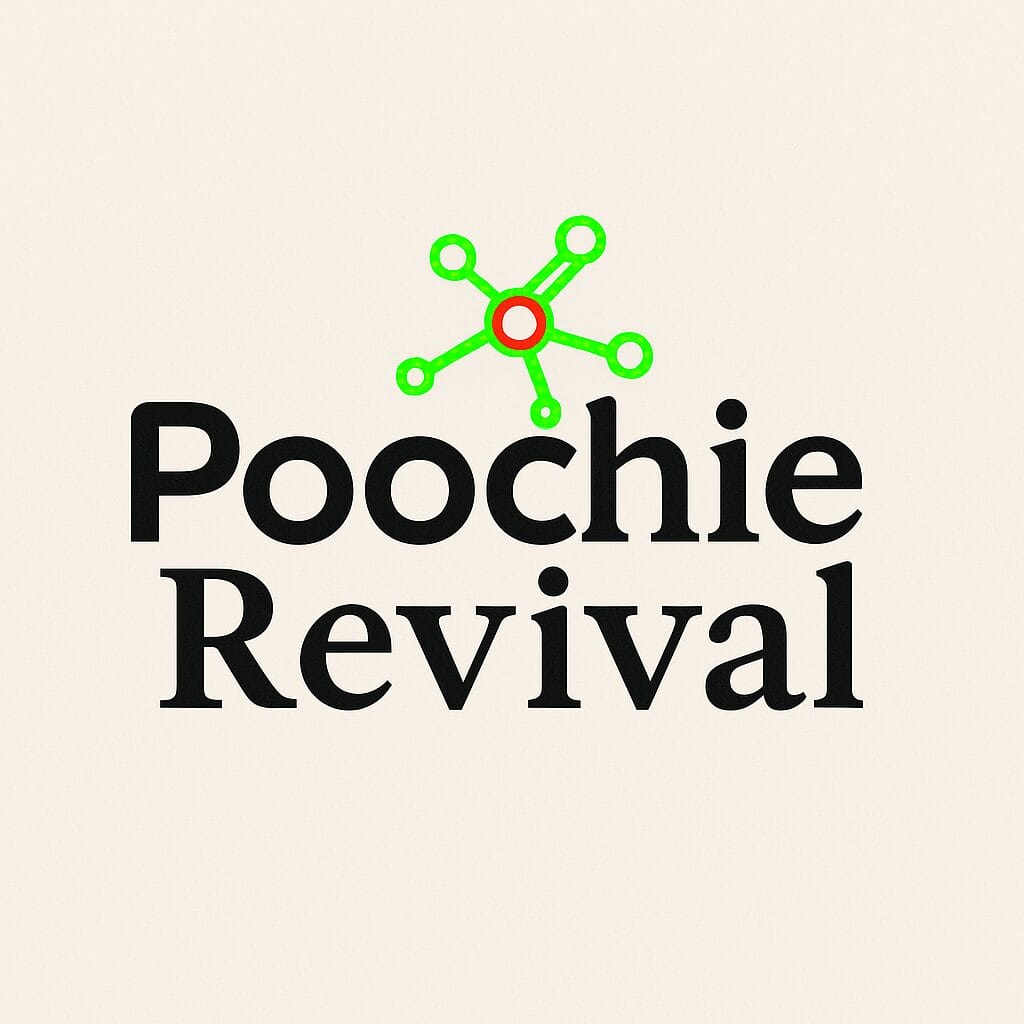I came across this during a forum round:
By the way, I have to give Bern more than 20% meat in his daily portions. He just doesn’t stay in good weight with that 20% amount. Is it really so wrong? I can’t increase the amount of meaty bones in the same proportion because he wouldn’t be able to eat that much.
That encapsulates a few problems with BARF, both for dogs and their owners. BARF and dry food have one common factor: rules. In dry foods, the rule is created by dosage recommendations (in addition to advertising texts). Dry food users are lazy, they only read what’s printed in large and colorful letters. Even the product description is too technical and in too small print. So, dry food is just dumped into the bowl as much as is customary, and if the dog loses weight, the amount is increased. When the amount has been increased so much that it is felt in the wallet, complaints are made about poor or changed quality and the brand is switched. Instead, BARF enthusiasts… Since BARF is in a way more of a lifestyle (I often talk about a religion) than a feeding method, the forms and rules are followed precisely. Even meticulously. It has been forgotten that feeding is for the dog, never the other way around.
BARF is a functional method for many dogs, but only if idealism doesn’t obscure the dog. One must always look at and see the dog.
Someone once said that atheism is merely reverse belief. One believes firmly in the invisible, even though there is no evidence. The other side believes just as firmly that the invisible does not exist – although there is actually no evidence for that either. In both cases, the idea is based on belief. In feeding, it is very often a similar situation. Dry food purists firmly believe that the food is healthy, balanced, and the only right one because the manufacturer says so. A BARF enthusiast firmly believes that the bones and raw food with given meat/bone ratios are healthy, balanced, and the only right one because Billinghurst or some other guru says so. In both extremes, feeding is based on belief in someone else’s claims – not on one’s own dog and the visible functionality of the feeding.
Generalization? Of course, but the generalization is made according to the general situation – and the fact that there are sane, thoughtful, and smart people in both camps does not change the situation at all.
If the dog doesn’t fit into the theories of the feeding philosophy used, then the philosophy and theory are changed to suit the dog. There is no right and wrong (excluding extreme errors). But if the amount of food the dog eats is too large and it still doesn’t get the energy it needs, then it’s no longer a matter of interpretation and borderline cases, but a fundamental feeding error.
The single biggest mistake in BARF is precisely the too large proportion of bones and vegetables. They only provide some protective nutrients (minerals and a few vitamins), but practically no protein and fat – which are the two main pillars.
Yes, bone marrow contains fat and bone marrow is excellent nutrition. But it’s not in chicken wings or necks. Bone marrow is found in sufficiently large quantities only in large tubular bones, which means that it does not have much nutritional significance. To get even approximately enough bone marrow, one would have to eat a ridiculous amount of bone, which would then not provide enough protein or fat in relation to the overall need.
And no, bone protein is not utilizable. This is also one of the many erroneous claims I have encountered linked to BARF.



